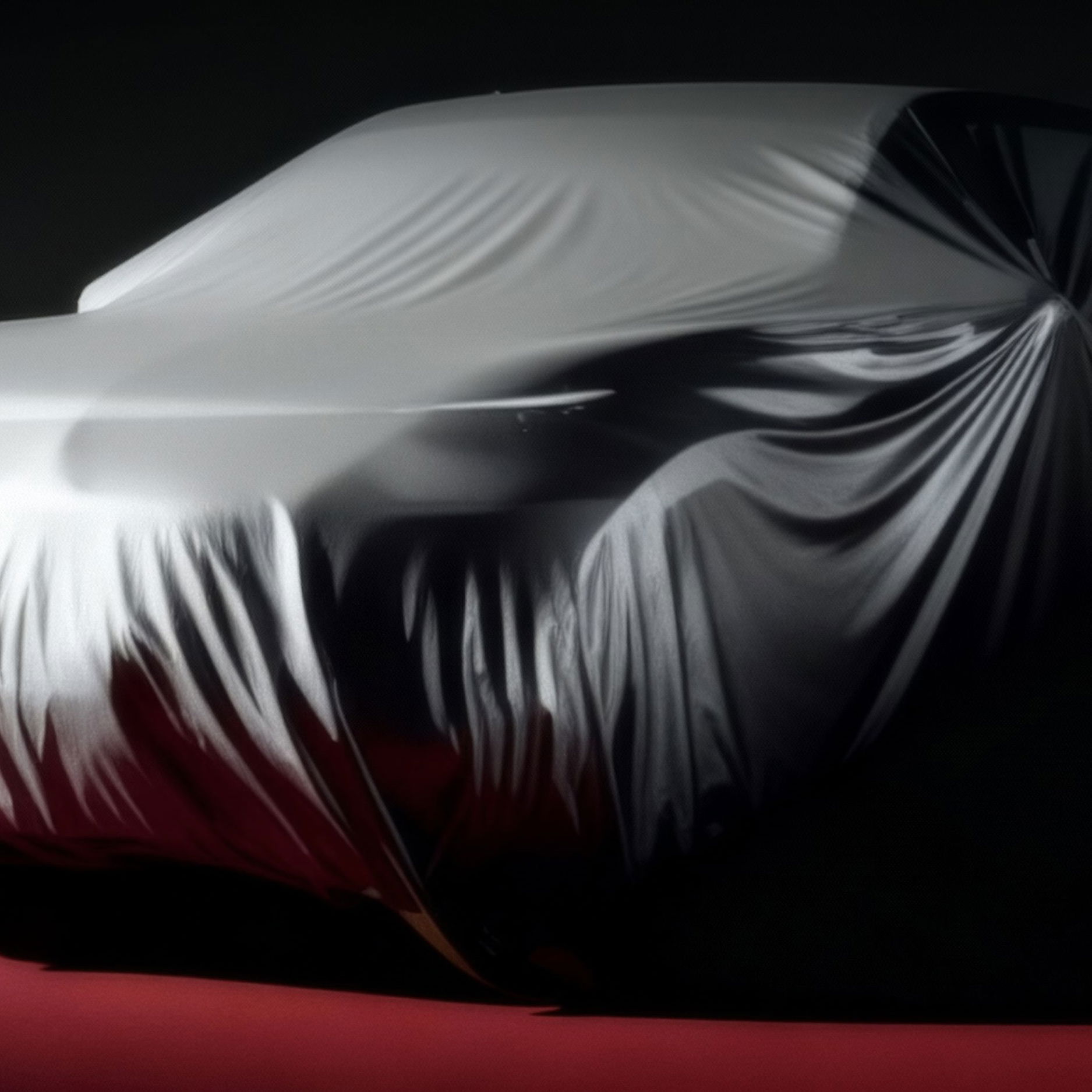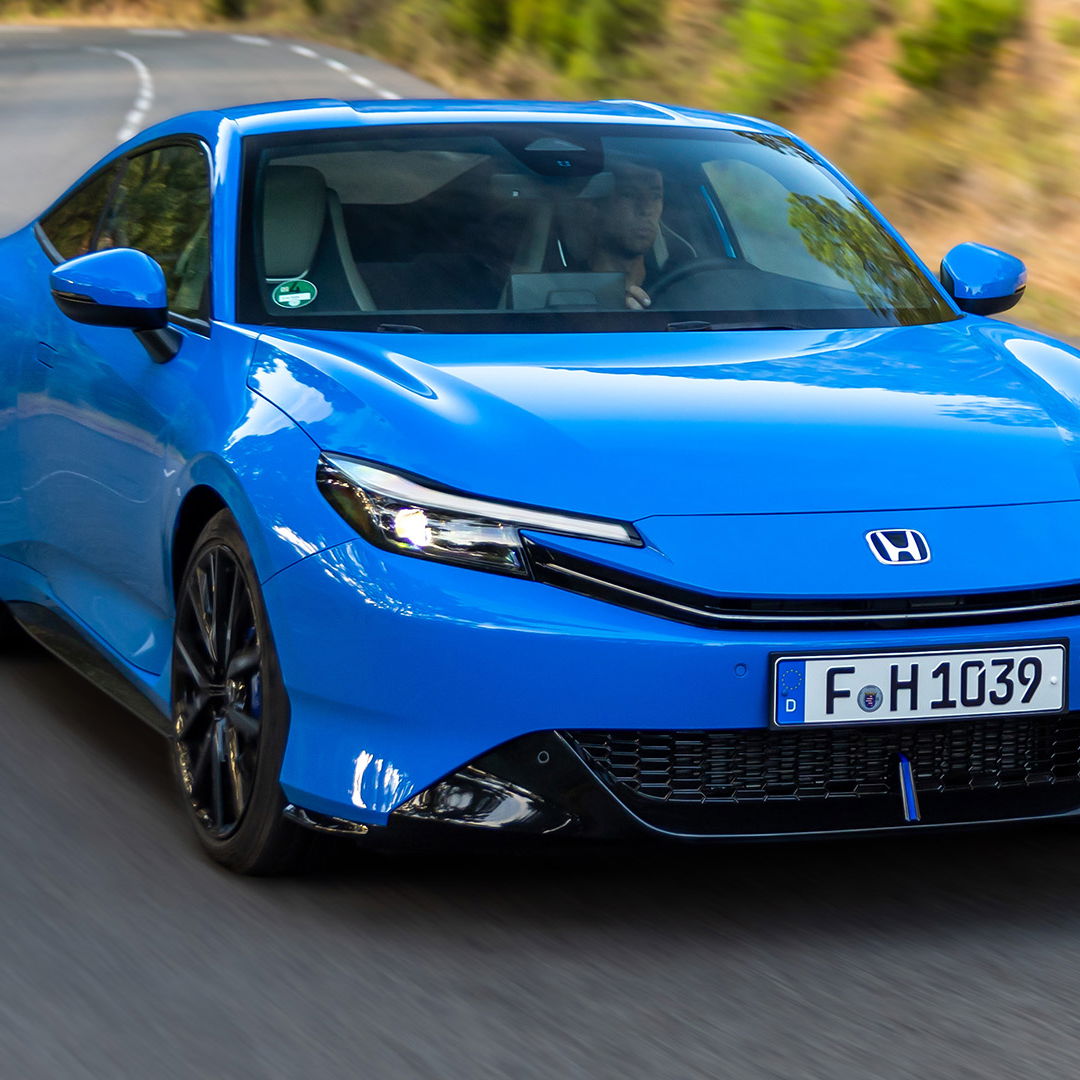5 Ways To Make Your Lap Times Faster On Forza
Last month I spent an afternoon with McLaren GT racer Adrian Quaife-Hobbs at Pro Sim to find out how professional racing drivers prepare for race weekends - that’s me in the hot seat, above. Over the course of a couple of hours, my performance was picked apart and everything that was losing me time was pointed out. This meant that each time the lights were switched off and I went back out on track I was improving.
The interesting thing that I’ve noticed since leaving Pro Sim is that each nugget of advice that was given to me has become lodged in the back of my brain, and has resulted in my Forza Motorsport and Project Cars lap times tumbling. With this in mind, I’ve decided to impart on to you the information I found most useful:
1. Use minimal steering lock

Over the course of a lap, you want to be using as little steering lock as you can get away with. The main benefit of this is that you can get on the power earlier - I’ll expand on that below - but that’s not the only advantage.
First of all, the more you turn the wheel, the more load you’re putting on the outside of the tyre. At slow speeds in hairpins this isn’t as much of a problem, but if you’re carrying a lot of speed you’re increasing the risk of understeering. Aside from losing you time by making your line unnecessarily untidy and making the car’s weight transfer trickier to control, it’ll also increase wear on the tyre. That could mean that by the end of a long race you’ll struggle to maintain pace as front end grip will be limited.
To get around a corner, you obviously need to input a certain amount of steering, but as you do so, that swings the car’s momentum towards the outside of the corner. The more you accelerate with the wheel turned, the more weight you’re pushing to the outside of the tyre, meaning you’re pushing the limits of grip - go too far and the wheel will lose grip, losing you turning and accelerating ability.
But how do you conceptualise where the limit of grip is? Watch the video above, and visualise this friction circle whenever you’re turning. It’ll help you make sense of the fact that you can accelerate hard in a straight line, but the more you’re turning, the gentler you have to be with the throttle. Remember, keeping the car’s weight under control is vital.
3. Avoid kerbs in low race cars

If you watch the video at the top of the page, you’ll see my GP2 lap went down the drain when I span out after turning in too early and running over a kerb. If you’re driving something road car based, you’ll probably be fine, but when you get up into the really serious kit, the cars are so low to the ground and have such hard suspension that clattering kerbs simply unsettles the car.
Your times will improve drastically if you keep it on the black stuff, and avoid any raised kerbs, keeping the car flat and planted.
We all know the basics of the racing line, but sometimes you have to sacrifice your speed in one corner to improve it in the next. In basic terms, you want to prioritise the corner that’s faster on exit. For example, while at Pro Sim racing at Silverstone, I would take the fastest line through the right-hand turn three before trying to get back across the track to take the left hairpin. Instead I should’ve taken a slightly slower, tighter line through three to set myself up better for the hairpin, since that exited on to a long full throttle zone.
By ensuring my speed was higher at the exit of the hairpin, my speed would be higher all the way down the straight. That’s far more beneficial than saving a few hundredths in a corner.
5. Accelerate smoothly out of the corner

Patience is key. A car should always be doing something - and no, coasting doesn’t count as something. If you’re not braking, you should be getting on the throttle. The key reason for this is because switching between the two upsets the balance of the car, which makes it harder to accelerate smoothly out of the corner once you do decide to go for it. It also kills your mid-corner speed - while you’re hesitating, your opponent will already be smoothly applying more and more power, and their balanced car will be able to put that power into the ground.













Comments
I ran leaderboards on Forza3,4,5 for years. I was on the Top team for Forza. Some things I learned were, practice sections over and over. Use time trial and ghosts AGAINST yourself. Mess with your tune, a LOT. In Forza 3 I had over 250 hours tuning. Try new things in your tune and sometimes make it so the car (non racecars only) a little bit looser in the rear to rotate it around. You do NOT need aero all the time. I’d recommend tuning without a wing, then adding a wing. You will need far less downforce and can hit higher speeds. Most of the time I ran without aero and ran faster on straights and corners. All about suspension and tyres. YOU DO NOT NEED 500HP! tyres and suspension are the two biggest things to do first.
Am I the only one who thought this was obvious?
Awesome
And here is how an automotive engineer sees the friction circle..
Left foot braking, downshift,
Brakezones, upshift early when grip loss. List can be made. Good points in this article though.
But No1 should be, stop using auto gears. To many players use these 😨😢
Try not to hit other cars online would make everyone faster
Thanks!
This really helped, and i’m now in the top in my category
probably, but thanks again
My story is similar to yours but I started to drive in a such way real cars and I have noticed that I have extremely improved my skills comparing to how I drove before starting playing Forza and before a friend of mine who is a racing driver tought me how to drive in a racing style. Now I may say I am one of better drivers in Warsaw, Poland. Thanks to Forza 4.
Pagination